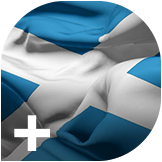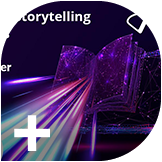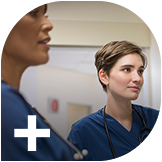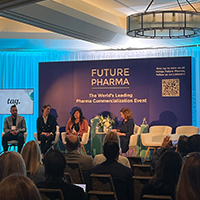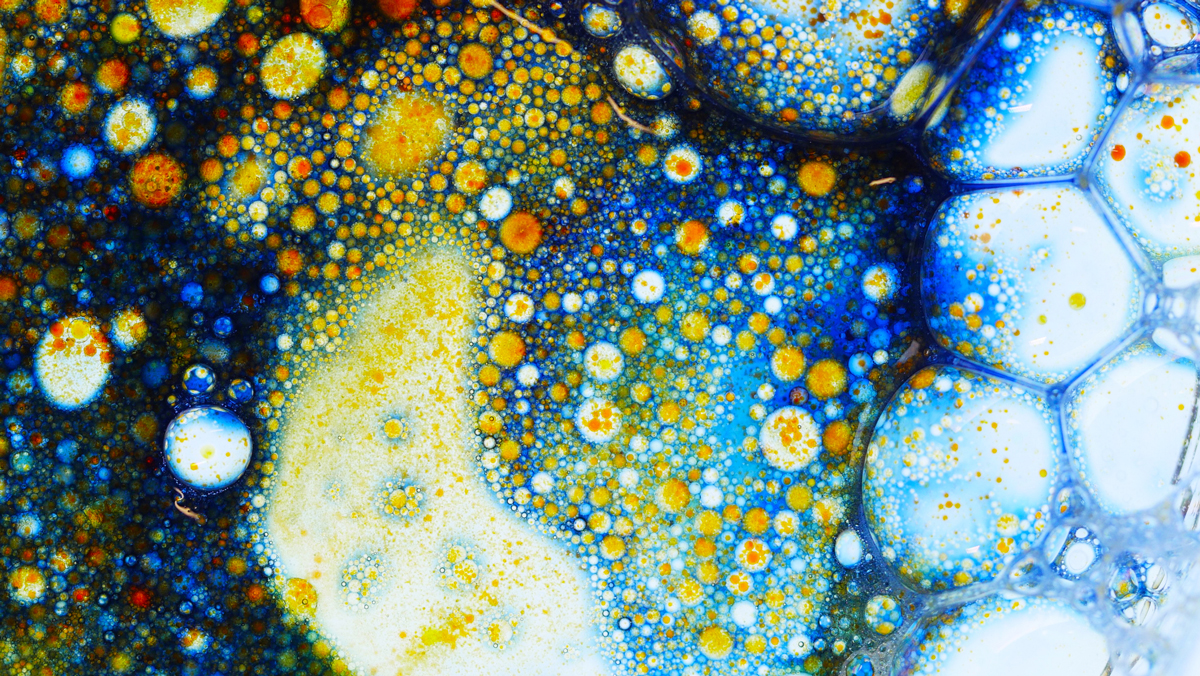
Beyond the science: Crafting compelling stories with data-driven medical communications
In today’s saturated information landscape, the traditional approach to medical communications can fall short as dense scientific data fails to resonate with intended audiences. To cut through the noise and truly make a lasting impact, we need to move beyond the science and embrace storytelling.

The power of storytelling
As early as 1747, the Scottish physician James Lind demonstrated this when he conducted a simple yet groundbreaking experiment aboard a ship ravaged by scurvy. By dividing the crew into groups and providing different treatments: water, vinegar, and lemons, Lind discovered that the sailors eating lemons maintained their health.
Lind’s experiment – often hailed as the world’s first clinical trial – not only established the principle of using control groups, but also demonstrated the power of a well-told story. His clear and concise communication of the findings resonated with sailors, who gradually adopted the practice of bringing lemons and other sources of vitamin C on long voyages.
Fast forward to today, where the sheer volume and complexity of scientific research dwarf Lind’s simple experiment. We live in an era of information overload, where groundbreaking discoveries in life sciences are announced almost daily. Although this represents an impressive measure of human ingenuity, it also presents a communication challenge. How do we ensure that this vital knowledge is not only understood, but also embraced by healthcare professionals (HCPs), payers, regulators, patients, and other crucial stakeholders?
Science communication is the bridge between cutting-edge research and those it impacts. It involves not just explaining the “what” and “how” of science, but also the “why” – its relevance and potential to change lives. This is where the art of storytelling is intertwined with the rigour of scientific data.

The science of storytelling
Storytelling is not merely a creative flourish; it is deeply rooted in human psychology. Narratives tap into our emotions, forging connections that make information understandable, memorable, and compelling. Stories also activate the parts of our brains associated with empathy and understanding, making complex information more relatable and accessible. In contrast, isolated facts and figures, while important, often fade quickly from memory, leaving little lasting impression.
In medical communication, it's crucial to tell stories that make complex scientific data understandable to different audiences. But the true magic happens when the balance is struck between emotional resonance and scientific rigour. Meticulous analysis of clinical trial data – from patient demographics and outcomes to statistical significance – uncovers the key insights that form the narrative’s backbone. It is about identifying the “So what?” within the data, connecting cold statistics and transforming numbers into compelling insights with real-world implications.
Once this foundation of understanding is established, the art of storytelling takes over. We weave the data into narratives that feature relatable characters, clear arcs, and resolutions that inspire hope and action. Whether it is a patient sharing their journey, a researcher communicating trial findings or a physician explaining a new treatment, these stories forge an emotional connection that facts alone cannot achieve.
When done right, medical storytelling can:
- Build trust: By humanising scientific data and connecting it to real-world experiences, stories foster trust between scientists, HCPs, and patients.
- Increase understanding: Narratives simplify complex information, making it easier for audiences to grasp key concepts and their implications.
- Inspire action: Compelling stories with a clear call to action can motivate behaviour change, whether encouraging patients to adhere to treatment plans, HCPs to adopt new practices, or payers to approve the reimbursement of new therapies.

The role of data and insight in shaping compelling narratives
Medical research is a rapidly evolving space, with new insights emerging constantly. The narrative surrounding a discovery, treatment, or regulation isn’t static; it is a dynamic entity that evolves in response to new data, shifting trends, and evolving stakeholder perspectives. As the industry changes or new information comes to light, the story must adapt and expand to remain relevant, credible, and impactful.
However, navigating this ever-changing landscape requires more than intuition or guesswork. It demands rapid access to actionable insights that can inform and shape communication strategies in real time. Without this agility, there is a risk of missing critical developments that could alter the narrative, leaving a vacuum for others to fill with their own interpretations.
Data insights are the cornerstone of a responsive and effective communication strategy. These insights are not just numbers; they are the building blocks for creating meaningful, targeted, and impactful medical stories that drive real-world change.
Harnessing machine learning and automated algorithms across multiple data sources provides a holistic view of the medical landscape, enabling the identification of emerging trends, competitive activities, and unmet needs.
By leveraging analytical capabilities, we can:
- Map the clinical landscape: Track clinical trials, real-world evidence, and publications to gain a comprehensive understanding of the evolving therapeutic landscape.
- Monitor social media: Analyse conversations and sentiment across social media platforms to gauge stakeholder perception and identify potential areas of concern or misinformation.
- Conduct comprehensive landscape assessments: Evaluate the full spectrum of data, including clinical trials, publications, health technology assessment, and conference activity, to inform strategic decision-making.
- Analyse HCP and patient insights: Gain a deeper understanding of the needs and preferences of key stakeholders to tailor communication strategies for maximum impact.
- Evaluate the effectiveness of strategies: By tracking metrics and analysing results, we can identify areas for improvement, refine our tactics, and optimise our strategies.
Progress demands iteration. The cycle of tracking, analysing, refining, and improving enables us to stay competitive, adapt to changing circumstances and consistently deliver better results. In this way, data acts as a catalyst for effective storytelling in medical communications, allowing us to proactively shape narratives, anticipate potential challenges, and respond effectively to new information. It empowers us to build narratives that are not only grounded in evidence, but also responsive to the ever-changing needs of our audiences. This ensures that our messages continue to remain relevant and cut through in a way that drives meaningful change in a constantly evolving landscape.

Crafting compelling narratives using data-driven insights
In medical communication, a strategic approach that combines the power of storytelling with robust data insights is not just beneficial – it's essential. It's about more than just conveying information; it's about fostering trust among healthcare professionals, patients, and stakeholders, inspiring action that leads to better health outcomes, and shaping the narrative to drive positive change in healthcare.
By combining scientific rigour with the art of storytelling and leveraging data insights as a strategic compass, we can create medical communications where complex science is not just understood, but embraced, ultimately driving positive change in healthcare.
About the author
Adam Goodband, science communication director, Enzyme Communications
Adam Goodband is a co-founder of Enzyme Communications, now part of the Bioscript Group. He has focused his career on blending scientific understanding with strategic and creative thinking – a mix of skills offered under the umbrella of ‘Science Communication’. Goodband has had the good fortune to work in most markets, but primarily European and Asia-Pacific. He has supported education, storytelling, and product launches across many therapy areas.
Supercharge your pharma insights: Sign up to pharmaphorum's newsletter for daily updates, weekly roundups, and in-depth analysis across all industry sectors.
Want to go deeper?
Continue your journey with these related reads from across pharmaphorum
Click on either of the images below for more articles from this edition of Deep Dive: Commercialisation 2024


